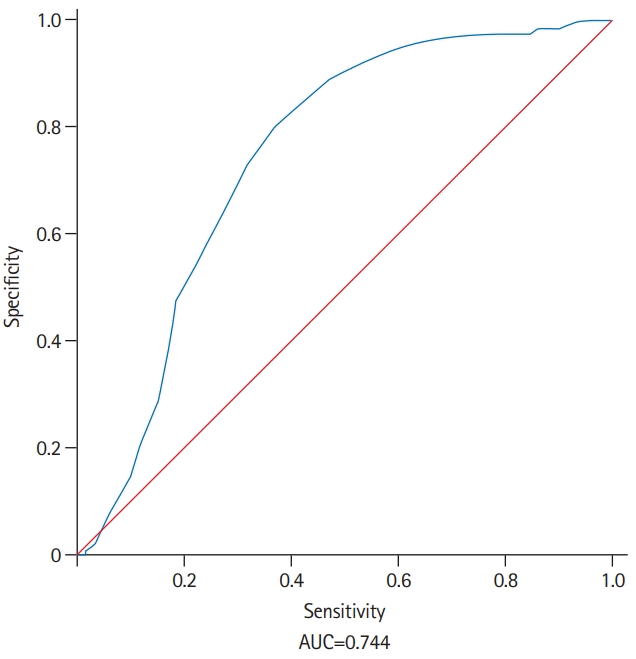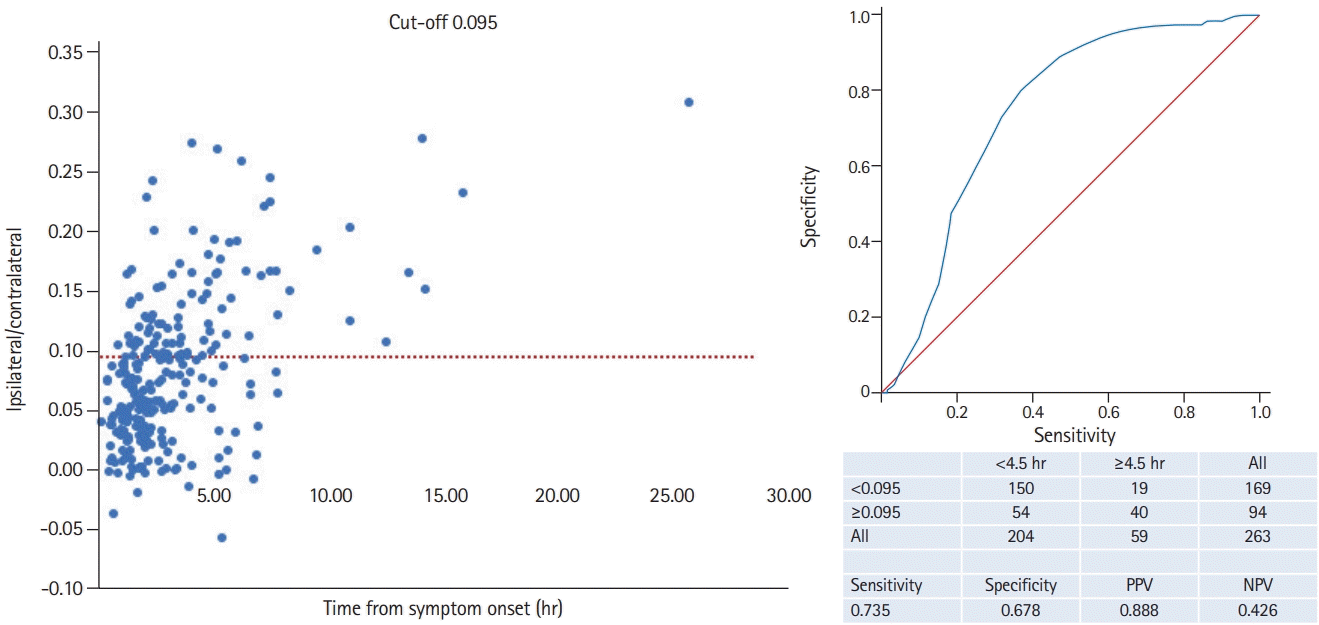Abstract
Background and Purpose
Methods
Results
Notes
Disclosure
Jens Minnerup has received grants from Deutsche Forschungsgemeinschaft, Bundesministerium für Bildung und Forschung (BMBF), Else Kröner-Fresenius-Stiftung, EVER Pharma Jena GmbH, and Ferrer International, travel grants from Boehringer Ingelheim, and speaking fees from Bayer Vital and Chugai Pharma; Jens Fiehler has received grants from German Ministry of Science and Education (BMBF), German Ministry of Economy and Innovation (BMWi), German Research Foundation (DFG), European Union (EU), Hamburgische Investitions- und Förderbank (IFB), Medtronic, Microvention, Route92, Stryker. Consultant for: Acandis, Bayer, Boehringer Ingelheim, Cerenovus, Evasc Neurovascular, MD Clinicals, Medtronic, Microvention, Penumbra, Phenox, Stryker, Transverse Medical. Stock holder: Tegus Medical; Marco Duering has received honoraria for lectures from Bayer Vital and Sanofi Genyzme. Consultant for Hovid Berhad and Roche Pharma; Christos Krogias has received honoraria and travel grants from Bayer Vital and Daiichi-Sankyo; Daniel Kaiser receives a grant from Else Kröner-Fresenius-Center for Digital Health; Peter Schramm has received grants from Siemens and Penumbra. Consultant for: Penumbra, Phenox, Stryker, Cerus endovascular.
The other authors have no financial conflicts of interest.
References
Figure 1.

Figure 2.

Figure 3.

Table 1.
| Characteristic | Patients with CT within 4.5 hours (n=204) | Patients with CT after 4.5 hours (n=59) | P |
|---|---|---|---|
| Demographics | |||
| Age (yr) | 72.3±13.3 | 68.6±13.2 | 0.065 |
| Women | 106 (52.0) | 30 (50.8) | 0.526 |
| Comorbidities | |||
| Hypertension | 159 (80.3) | 41 (73.2) | 0.252 |
| Missing | 6 | 3 | |
| Diabetes mellitus | 47 (23.7) | 15 (26.8) | 0.639 |
| Missing | 6 | 3 | |
| CAD | 34 (23.0) | 14 (31.8) | 0.234 |
| Missing | 56 | 15 | |
| Atrial fibrillation | 101 (51.0) | 22 (39.3) | 0.121 |
| Missing | 6 | 3 | |
| Hypercholesterolemia | 48 (34.8) | 23 (51.1) | 0.051 |
| Missing | 66 | 14 | |
| Smoker | 39 (19.7) | 15 (27.3) | 0.225 |
| Missing | 6 | 4 | |
| Stroke etiology | 0.139 | ||
| Atherothrombotic | 38 (19.2) | 13 (23.2) | |
| Small vessel | 7 (3.5) | 1 (1.8) | |
| Cardioembolic | 111 (56.1) | 23 (41.1) | |
| Undetermined aetiology | 39 (19.7) | 16 (28.6) | |
| Other aetiology | 3 (1.5) | 3 (5.4) | |
| Missing | 6 | 3 | |
| NIHSS score | |||
| Median (IQR) | 12.0 (9.8-14.2) | 12.0 (9.5-14.4) | 0.416 |
| Mean±SD | 12.3±6.9 | 13.2±6.91 | 0.387 |
| Missing* | 8 | 3 | |
| Time from symptom onset to CT (min) | 123±59 | 430±217 | <0.001 |




 PDF
PDF Citation
Citation Print
Print



 XML Download
XML Download